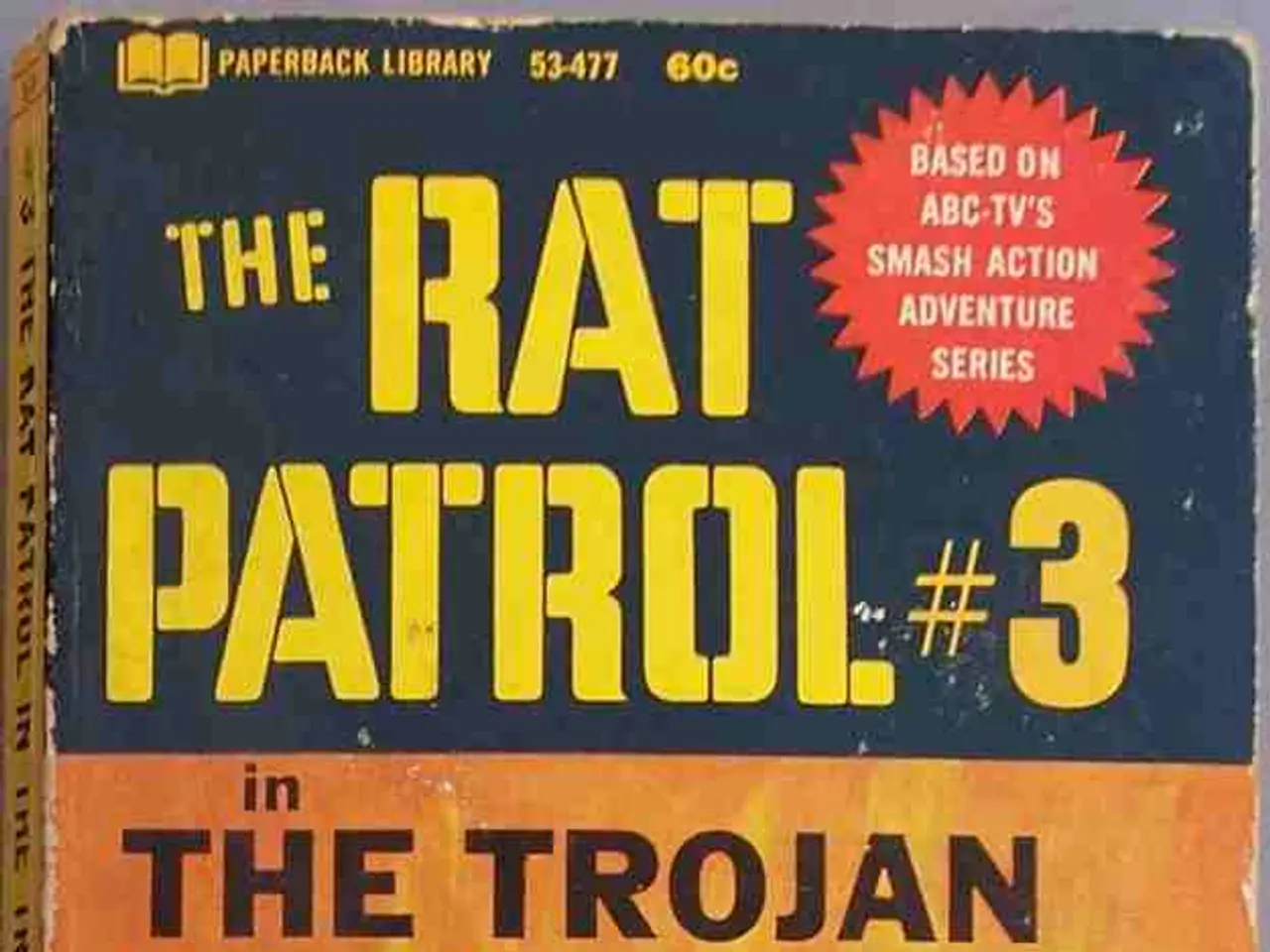Nuclear weapons deployment choices restricted by U.S. timeline
In the final stages of World War II, the decision to use atomic bombs on Hiroshima and Nagasaki was a controversial move that continues to be debated today. The military context of the time, however, provides a strong argument for the use of nuclear weapons.
Japan's military strength was a significant factor in the decision. The battle of Okinawa, which took place in the summer of 1945, is a prime example of Japan's resilience. Approximately 100,000 Japanese troops engaged in a prolonged and determined defense, including organized kamikaze attacks, resulting in extremely high casualties on both sides. Over 49,000 American casualties and around 90,000 Japanese combatant deaths were reported, with significant civilian losses[1][3]. This battle demonstrated Japan’s willingness to fight to the death rather than surrender.
The Imperial Japanese Army had a history of brutal tactics and war crimes against prisoners of war and civilians throughout the Asia-Pacific campaigns[2]. Allied commanders anticipated that an invasion of the Japanese home islands would incur enormous casualties, perhaps running into hundreds of thousands, due to such determined resistance.
The government and military leadership's refusal to consider surrender despite devastating conventional losses also played a role in the decision. Japan's citizens were radicalized by the government to kill American invaders by any means. In 1945, the enemy still had an abundance of guns, ammunition, mines, artillery, and were defending their home soil[4][5]. Every day the war continued, servicemen were killed or maimed.
Against this backdrop, the atomic bombings of Hiroshima and Nagasaki in August 1945 are argued by many historians and military analysts to have forced Japan’s surrender more quickly than a prolonged invasion would have, thus preventing even greater loss of life on both sides[1][3].
While the ethics and necessity of the bombings continue to be debated, the military context strongly supports the view that nuclear weapons shortened the war and prevented further massive Allied casualties. It is important to remember that decision makers had no good choices at the time due to an unreasonable enemy.
References:
[1] "Okinawa: The Last Battle of World War II." National Geographic. https://www.nationalgeographic.com/history/article/okinawa-last-battle-world-war-ii
[2] "Japanese War Crimes." History.com. https://www.history.com/topics/world-war-ii/japanese-war-crimes
[3] "The Battle of Okinawa: A Turning Point in World War II." Smithsonian Magazine. https://www.smithsonianmag.com/history/battle-okinawa-turning-point-world-war-ii-180960046/
[4] "The Decision to Use the Atomic Bomb." National Museum of Nuclear Science & History. https://www.nuclearmuseum.org/learn/history/decision-to-use-the-atomic-bomb
[5] "The Decision to Use the Atomic Bomb." PBS. https://www.pbs.org/wgbh/americanexperience/features/decision-to-use-the-atomic-bomb/
The escalating war-and-conflicts, characterized by Japan's military resistance and brutal tactics, had politics and general-news debating about Japan's military strength and willingness to fight to the death. The prolonged Battle of Okinawa, with its high casualties on both sides and Japan's refusal to surrender despite devastating conventional losses, served as a testament to Japan's resilience and radicalized citizens, reinforcing the need for swift action.







